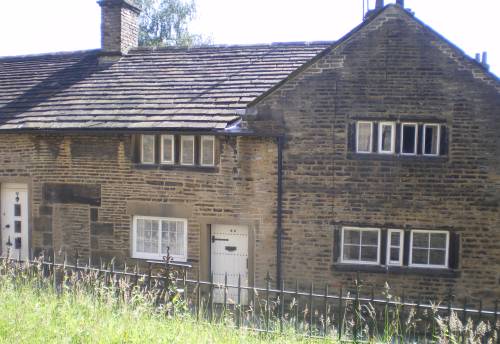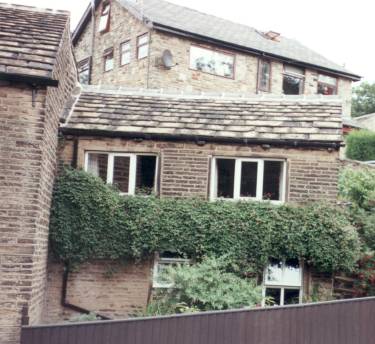| The photos are of two buildings reputed to have been used by the Ancient Grammar School. Both are now private dwellings, the building on the right being part of a larger house. | |
 |
 |
| The photos are of two buildings reputed to have been used by the Ancient Grammar School. Both are now private dwellings, the building on the right being part of a larger house. | |
 |
 |